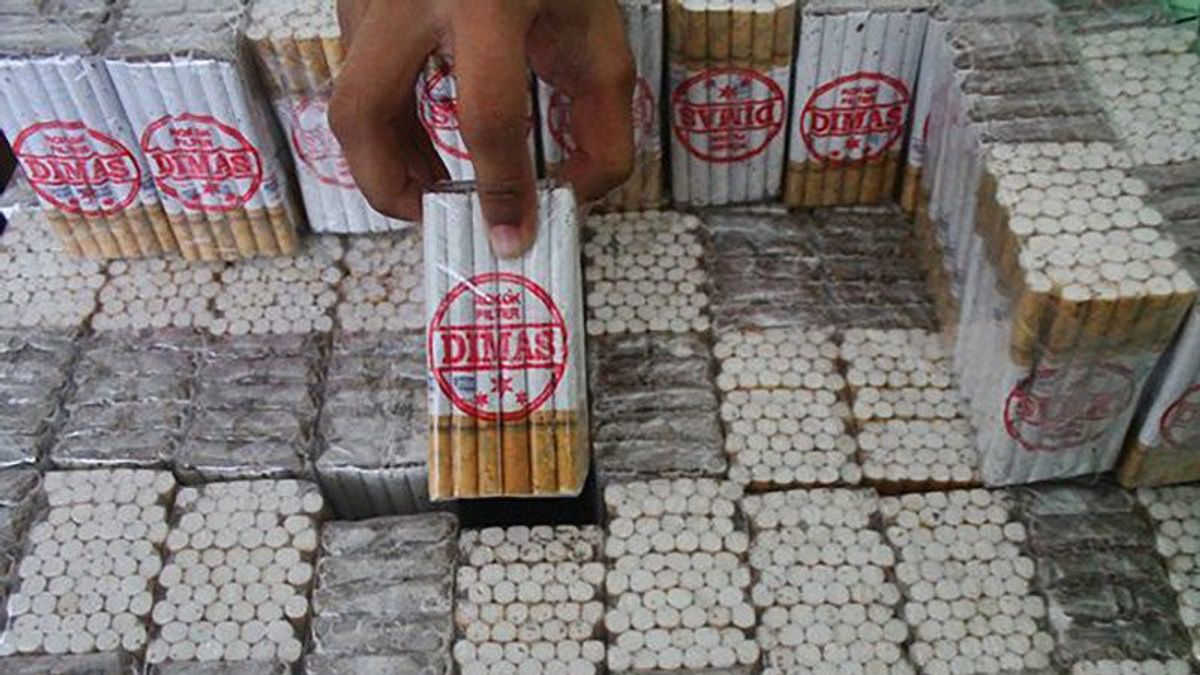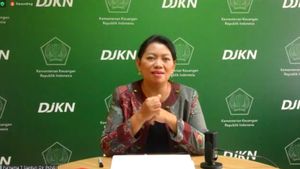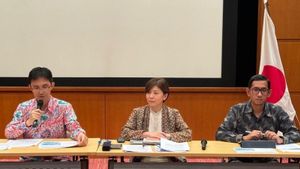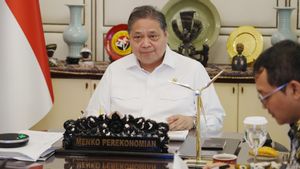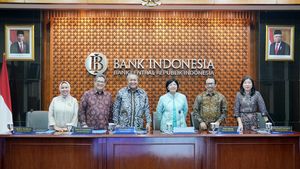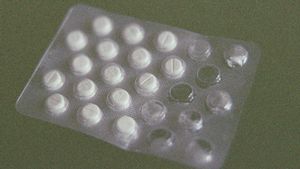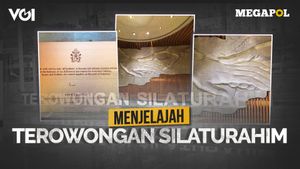JAKARTA - The government through the Ministry of Finance (Kemenkeu) said it would continue to increase its commitment to suppress cigarette consumption. Recently, the Minister of Finance (Minister of Finance) Sri Mulyani said that the Tobacco Product Excise (CHT) policy was part of efforts to achieve this target.
"The government is pushing to improve the quality of public health as well as increasing the productivity of human resources in the future," she said in a virtual press conference, Monday, December 13.
According to the Minister of Finance, the CHT policy so far has been effective in suppressing cigarette consumption, as reflected in the decline in cigarette consumption in 2020 by 9.7 percent from the previous year in line with the increase in the price index of cigarettes by 12.6 percent.
In her explanation, efforts to reduce the disparity in cigarette prices across all types of cigarettes are also important to increase the effectiveness of the CHT policy.
"While the consumption of machine-made cigarettes, both kretek cigarettes (machine-made kretek cigarettes/SKM) and white cigarettes (machine white cigarettes/SPM) continues to decline in line with price increases due to CHT tariff adjustments," she said.
Meanwhile, the consumption of cigarettes made by hand (hand-made cigarettes/SKT) has actually increased in the last 2 years because the excise rate has not increased which makes the price more affordable. The absence of an increase in SKT types in 2020 is related to a policy transition that pays attention to the sustainability of the workforce, especially tobacco farmers and workers in the tobacco industry in general.
“To increase the effectiveness of CHT in order to support efforts to reduce cigarette consumption, the tariff increase will also include SKT which will also be accompanied by the CHT Profit Sharing Fund (DBH) policy. Through DBH CHT, the government is trying to increase support for tobacco farmers/laborers and cigarette workers," she said.
To note, in 2021, 25 percent of the CHT DBH allocation will be directed to the health sector, while 50 percent is directed to improving community welfare through improving the quality of raw materials and improving work skills. While the remaining 25 percent is for law enforcement.
SEE ALSO:
Thus, continued the Minister of Finance, the main points of changing the CHT policy for the 2022 period which will begin in January 2022 include three important things.
First, the adjustment of excise rates and the minimum retail selling price (HJE) for all types of cigarettes is a weighted average of 12 percent with a maximum increase in tariffs of 4.5 percent for SKT.
Second, simplification of the tariff structure into 8 layers (simplification of Groups IIA and IIB types of SKM and SPM). And the third is the optimization of the CHT DBH policy as a cushion for the CHT policy.
Meanwhile, the adjustment of excise tariffs and the minimum limit for HJE types of Electric Cigarettes (RE) and Other Tobacco Processing Products (HPTL) is 17.5 percent, with specific excise rates.
"The government hopes that the CHT 2022 policy will reduce cigarette consumption by an average of 3.0 percent per year," concluded Minister of Finance Sri Mulyani.
The English, Chinese, Japanese, Arabic, and French versions are automatically generated by the AI. So there may still be inaccuracies in translating, please always see Indonesian as our main language. (system supported by DigitalSiber.id)
